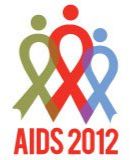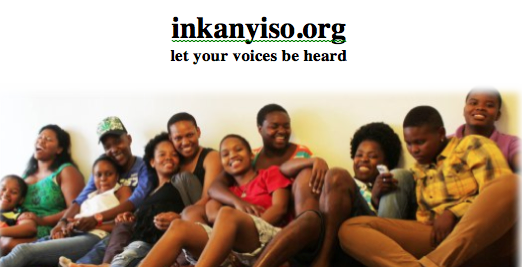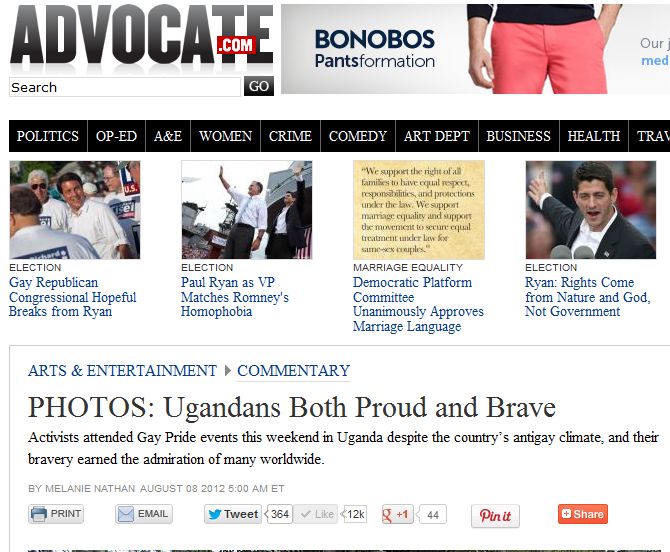Despite ongoing progress in combating HIV and Aids, the report warns that considerable gaps remain, including access to HIV services, discrimination against Aids patients and gender inequality.
 GENEVA —The United Nations Secretary-General Ban Ki-moon has issued his first report on HIV to the UN General Assembly since the 2011 High Level Meeting on AIDS. In the report, he highlights the urgent need to achieve immediate, tangible results and for the AIDS response to be smarter, more strategic, more efficient, and grounded in human rights.
GENEVA —The United Nations Secretary-General Ban Ki-moon has issued his first report on HIV to the UN General Assembly since the 2011 High Level Meeting on AIDS. In the report, he highlights the urgent need to achieve immediate, tangible results and for the AIDS response to be smarter, more strategic, more efficient, and grounded in human rights.
“I urge the international community to stand up to meet the commitments it has made. I call for a shift from the perception that aid is charity to an understanding that it is our shared responsibility and a smart investment that reaps dividends for all. Together, we must foster a more sustainable response to the HIV epidemic for the sake of our common future.”
Substantial gains have been achieved over the last decade and ground-breaking scientific advances have encouraged leaders to talk about the end of AIDS. The report, ‘United to End AIDS: Achieving the Targets of the 2011 Political Declaration’, outlines that 2.5 million deaths are estimated to have been averted since 1995 due to the increase in access to antiretroviral therapy—and 350 000 new HIV infections averted in children. It also underscores the gains made in HIV prevention with new infections at their lowest levels since the peak in the mid-2000s.
However, the report also warns that considerable gaps persist in access to HIV services, particularly for people at higher risk of exposure to HIV. Punitive laws, gender inequality, violence against women and other human rights violations continue to undermine national AIDS responses and declines in funding have the potential to jeopardize the capacity to expand access to HIV services and sustain progress over the coming years.
“The fourth decade of AIDS has to be marked as the decade that ushered in the end of AIDS,” said Michel Sidibé, Executive Director of the Joint United Nations Program on HIV/AIDS (UNAIDS). “We can make this a reality and seize the opportunity to secure a future free from HIV.”
At the 2011 High Level Meeting on AIDS, UN Member States adopted a Political Declaration on AIDS, providing a roadmap towards achieving the vision of zero new HIV infections, zero discrimination and zero AIDS-related deaths. The declaration set 2015 as the deadline for achieving a number of specific targets.
Through the Political Declaration, UN Member States pledged to deliver antiretroviral therapy to 15 million people by 2015, eliminate new HIV infections in children, achieve a 50% reduction in new HIV infections among adults, reduce transmission of HIV among people who inject drugs by 50% and reduce TB deaths in people living with HIV also by half.
Countries also committed to closing the resource gap, investing between US$ 22-24 billion each year by 2015, meeting the needs of women and girls, eliminating stigma and discrimination and promoting the integration of the HIV response into broader health and development efforts.
In his report, the Secretary-General underscores that achieving the 2015 goals will require a redoubling of efforts from all stakeholders and that if smarter and more efficient ways of working are not applied to the AIDS response, the goals will not be met.
The Secretary-General outlines a number of recommendations that need to be implemented to reach the 2015 targets. For instance, to meet the target of reducing sexual transmission by 50%, the report outlines that the number of new sexually transmitted HIV infections will need to decline by at least 1 million by 2015. To achieve this, HIV prevention programs need to enhance efforts to reinforce, sustain and extend behavior change by promoting gender equality and mutual respect, as well as better focus on where the new infections are occurring.
To reduce HIV transmission among people who use drugs by 50%, the number of new HIV infections must fall by at least 120 000 per year. The Secretary-General encourages stakeholders to summon the wisdom, courage and commitment required to implement strong, evidence-informed prevention programmes that empower key populations including people who inject drugs.
At least 180 000 fewer TB-related deaths among people living with HIV will be required to achieve a 50% reduction by 2015. To realize this, from 2010 to 2015, TB cure rates need to increase from 70% to 85% and rates of TB detection among people living with HIV must rise from 40% to 80%. Achieving the target would reduce TB-related deaths by 80% and save a million lives.
In his recommendations, the Secretary-General urges countries to undertake immediate, comprehensive reviews of national, legal and policy frameworks to remove obstacles to effective and rights-based responses. He also calls for new partnerships and a new approach for HIV investment to mobilize necessary resources. In 2010, a total of US$ 15 billion was available for the AIDS response from all sources. The report highlights that to reach the 2015 target of US$22-24 billion for the response to HIV by 2015 an additional US$ 8 billion will be required.
Picture is Logo of World AIDS Conference 2012 to be held in D.C. 2012.




















 PoochParkWear customizes hoodies and t-shirts, the good, the naughty, the in between, whether proud or quirky let them be seen. We also offer biker jackets, croc or pleather collars, a variety of collar charms, and our special Zinja beaded collars made by a co-op of HIV-positive South African women, the Sisonke women who weave the beads onto the collars.
PoochParkWear customizes hoodies and t-shirts, the good, the naughty, the in between, whether proud or quirky let them be seen. We also offer biker jackets, croc or pleather collars, a variety of collar charms, and our special Zinja beaded collars made by a co-op of HIV-positive South African women, the Sisonke women who weave the beads onto the collars.

Leave a Reply